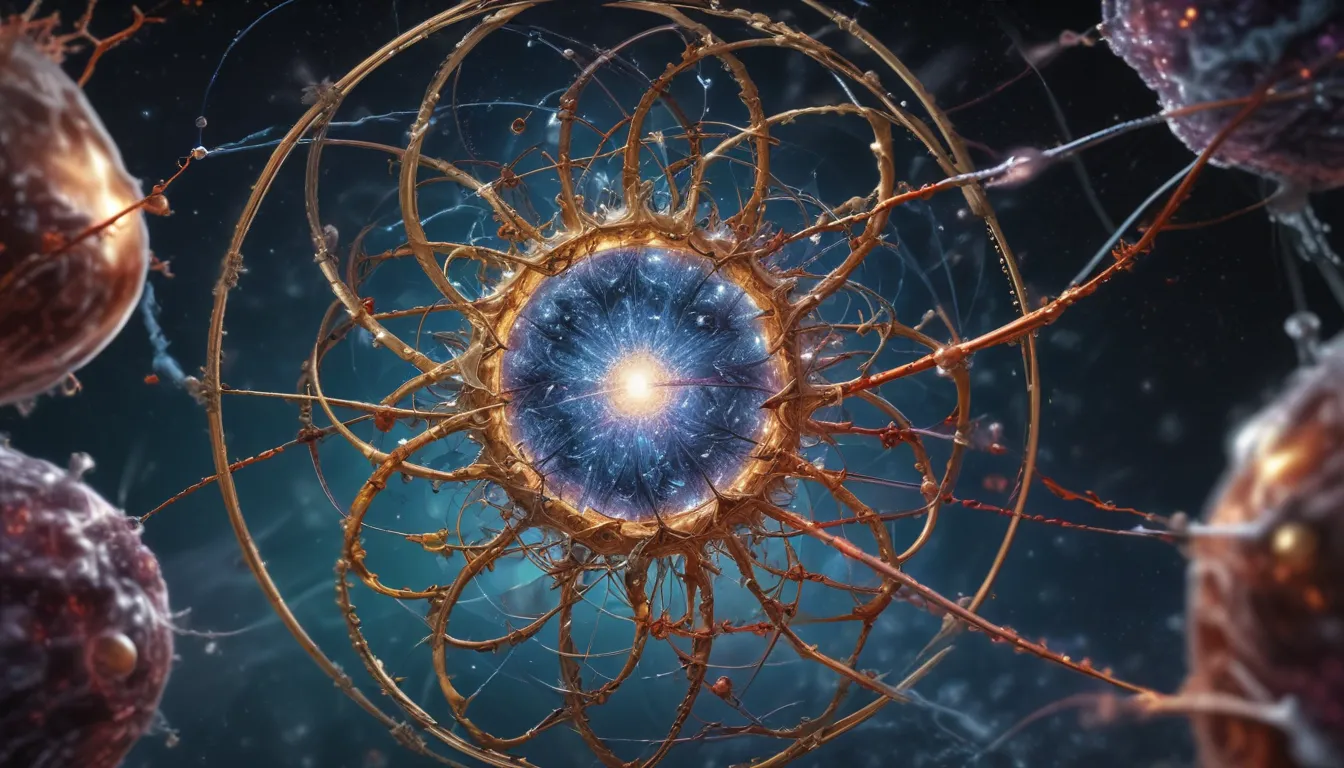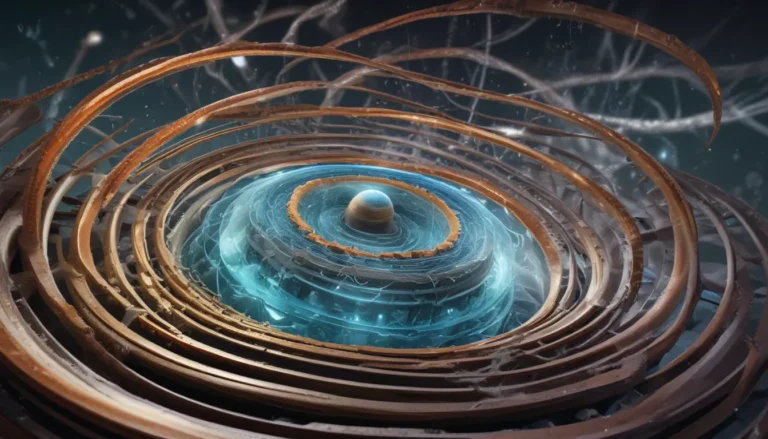A Note About Images: The images used in our articles are for illustration purposes only and may not exactly match the content. They are meant to engage readers, but the text should be relied upon for accurate information.
If you’ve ever been intrigued by the mysterious world of Quantum Electrodynamics (Qed), you’re in for a treat. This captivating field of physics, which explores the intricate dance between light and matter, has revolutionized our understanding of the fundamental principles that govern the universe. In this article, we’ll take a deep dive into the mesmerizing realm of Qed and uncover 11 astonishing facts that will undoubtedly leave you awestruck.
Understanding the Power of Quantum Electrodynamics
Quantum Electrodynamics (Qed) stands as one of the most powerful and accurate theories in modern physics. By blending the realms of quantum mechanics and special relativity, Qed provides a comprehensive framework for deciphering the interactions between light and matter.
Revolutionizing Our Perception of Electromagnetism
Qed serves as a cornerstone in unraveling the enigmatic behavior of electrically charged particles and the electromagnetic fields they generate. From explaining the photoelectric effect to shedding light on the interactions of particles with electromagnetic radiation, Qed has reshaped our comprehension of electromagnetism.
Predicting the Existence of Virtual Particles
In the world of Qed, the vacuum is far from empty. Instead, it teems with virtual particles that continuously materialize and vanish. These virtual particles play a pivotal role in observable phenomena like the Lamb shift and the Casimir effect.
Testing the Boundaries of Qed
Through rigorous experimental tests, Qed has proven its mettle time and again. Precision measurements of the magnetic moments of electron and muon have provided undeniable evidence of the theory’s accuracy.
Shaping the Standard Model
The insights garnered from Qed laid the groundwork for the development of the electroweak theory, a pivotal component of the Standard Model of particle physics. This comprehensive framework, alongside quantum chromodynamics, continues to deepen our understanding of the universe’s fundamental forces.
Delving into Feynman’s Nobel Prize-Winning Work
Richard Feynman, in collaboration with Julian Schwinger and Sin-Itiro Tomonaga, clinched the Nobel Prize in Physics in 1965 for their groundbreaking contributions to Qed. Their work propelled the theory to new heights of comprehension.
Overcoming Infinite Challenges
In the realm of Qed calculations, physicists grapple with infinities. To address this issue, a technique called renormalization comes to the rescue, canceling out or assimilating these infinite values into physically measurable quantities.
Unraveling the Behavior of Elementary Particles
Qed serves as a compass in predicting and elucidating the behavior of elementary particles like electrons, muons, and photons. It paves the way for understanding their unique properties and interactions within the quantum world.
Harnessing Feynman Diagrams for Quantum Processes
Feynman diagrams, graphical representations of particle interactions, play a crucial role in calculating Qed processes. These visual aids allow physicists to determine the likelihood of diverse particle interactions.
Extending the Influence of Qed to Diverse Fields
The principles and methodologies of Qed transcend the realm of particle physics, finding application in condensed matter physics, astrophysics, and the development of cutting-edge technologies like lasers and transistors.
Embracing Qed’s Future
As scientists continually push the boundaries of Qed, the theory’s applications in quantum gravity and high-energy particle collisions continue to unravel new mysteries. The quest to refine Qed in light of emerging experimental results remains an ongoing endeavor.
Conclusion: Unveiling the Marvels of Quantum Electrodynamics
Quantum Electrodynamics (Qed) stands as a beacon of scientific achievement, unraveling the intricate tapestry of electromagnetic interactions at the quantum level. With luminaries like Richard Feynman at the helm, Qed has guided scientists towards profound discoveries, from the existence of virtual particles to the precise calculation of electron’s anomalous magnetic moment. Qed not only enriches our understanding of particle physics but also lays the groundwork for further advancements in the field.
FAQs: Exploring Quantum Electrodynamics
- What is Quantum Electrodynamics (Qed)?
-
Quantum Electrodynamics (Qed) is a branch of physics that elucidates the interactions between electrically charged particles using quantum mechanics and special relativity.
-
Who developed Quantum Electrodynamics?
-
Quantum Electrodynamics was independently formulated by Richard Feynman, Julian Schwinger, and Sin-Itiro Tomonaga in the late 1940s and early 1950s. Their collective efforts led to the 1965 Nobel Prize in Physics.
-
What does Quantum Electrodynamics explain?
-
Quantum Electrodynamics unravels the mechanism of particle interactions through the exchange of photons, elucidating phenomena like scattering processes and the behavior of charged particles in electromagnetic fields.
-
Are there experimental validations of Quantum Electrodynamics?
-
Yes, Quantum Electrodynamics has undergone extensive experimental scrutiny, with precision measurements like the anomalous magnetic moment of the electron substantiating its accuracy and reliability.
-
Is Quantum Electrodynamics a comprehensive theory?
-
While Quantum Electrodynamics offers a comprehensive account of electromagnetic interactions, it operates within the broader framework of quantum field theory. This inclusive approach aspires to integrate other fundamental forces for a unified description.
-
How does Quantum Electrodynamics impact everyday life?
- Quantum Electrodynamics may not have direct applications in daily life, but its principles underpin the design of electronic devices crucial to modern technology. From transistors to lasers, Qed’s calculations are the building blocks of our communication systems and computing devices.
Whether you’re captivated by the mysteries of the Lamb Shift or intrigued by the profound implications of Qed, the exploration of Quantum Electrodynamics promises an exhilarating journey into the realm of subatomic particles. As you ponder the enigmatic dance between light and matter, consider diving deeper into the captivating universe of quantum physics and its transformative impact on our understanding of the cosmos.






